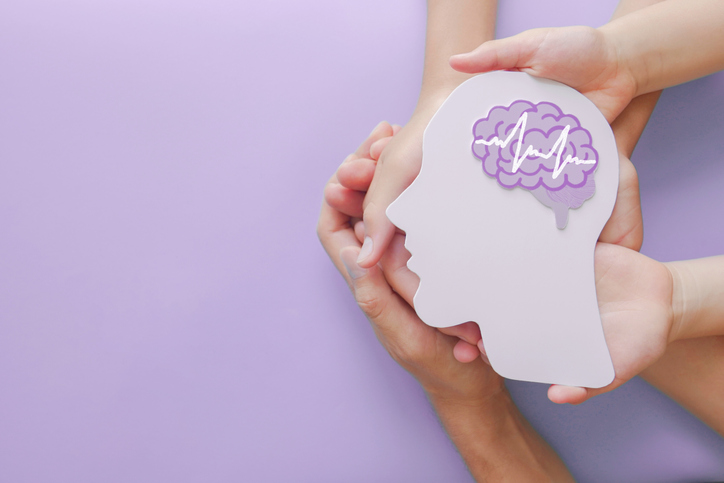
How Women’s Genital Self-Image Impacts Sexual Function

People have different perceptions of their genitals, and the feelings and attitudes that a person has towards their genitals can be encompassed by the term “genital self-image” (GSI). Experts theorize that how a person feels about their genitals may have an impact on their sexual function and satisfaction, given that the genitals play a large role in sexuality.
As such, a new study investigated the relationship between women’s GSI and their sexual function/satisfaction. Noting a rise in female genital complaints, the authors of the study speculated that the media may influence unrealistic genital appearance standards.
Previous research has shown that negative GSI correlates with reduced sexual activity, while positive attitudes about one’s genitals enhance sexual satisfaction. Additionally, a person’s overall body image has been shown to have a strong impact on sexual experience. This further emphasizes the need for a systematic review to assess the strength of the correlation between GSI and sexual function, as the existing evidence lacks a comprehensive evaluation of this connection.
To accomplish this, the researchers systematically searched several electronic databases for scientific studies on GSI and sexual functioning in women from January 2000 to December 2022. A total of 146 studies were initially found, but after omitting duplicates and irrelevant articles, 16 studies with a total of 13,505 participants remained.
The final 16 studies that explored the link between women’s GSI and sexual function ranged in date from 2003 to 2022. These studies used various assessment tools for the evaluation of GSI (Genital Self-Image Scale, The Female Genital Self-Image Scale, the Korean Genital Image Scale), as well as the Female Sexual Function Index and the Sexual Function Questionnaire. The studies also involved participants from multiple countries including the United States, Turkey, Thailand, Iran, Egypt, the Netherlands, Brazil, and Korea.
The majority of the studies were cross-sectional in nature, assessing baseline measures of GSI and sexual function. Ultimately, the researchers found a positive correlation (0.375) between GSI and sexual function through the meta-analysis of the 16 studies, meaning that positive GSI may be associated with better sexual functioning, while negative GSI may be associated with worse sexual functioning.
This was the first systematic review to examine the connection between women’s GSI and sexual function, revealing a significant correlation ranging from 0.19 to 0.872. Poor GSI is linked to body-related sexual concerns and predicts lower female sexual satisfaction independently of age, relationship satisfaction, and body image.
Negative GSI affects various aspects of sexual well-being, causing distress and possibly even pain during intercourse. The bidirectional relationship between GSI and sexual function is influenced by social norms and personal experiences. Media, particularly social and sexual media, plays a substantial role in shaping GSI and sexual perceptions.
Since negative GSI is linked to worse sexual function outcomes, it is worthwhile to find out ways to normalize a broad spectrum of different genital looks and help people gain more positive GSI across the board.
References:
- Alavi-Arjas, F., Goodman, M. P., Simbar, M., Alavi Majd, H., & Nahidi, F. (2023). The strength of correlation between female genital self-image and sexual function: a systematic review and meta-analysis. The Journal of Sexual Medicine, 20(12), 1376–1383. https://doi.org/10.1093/jsxmed/qdad118



